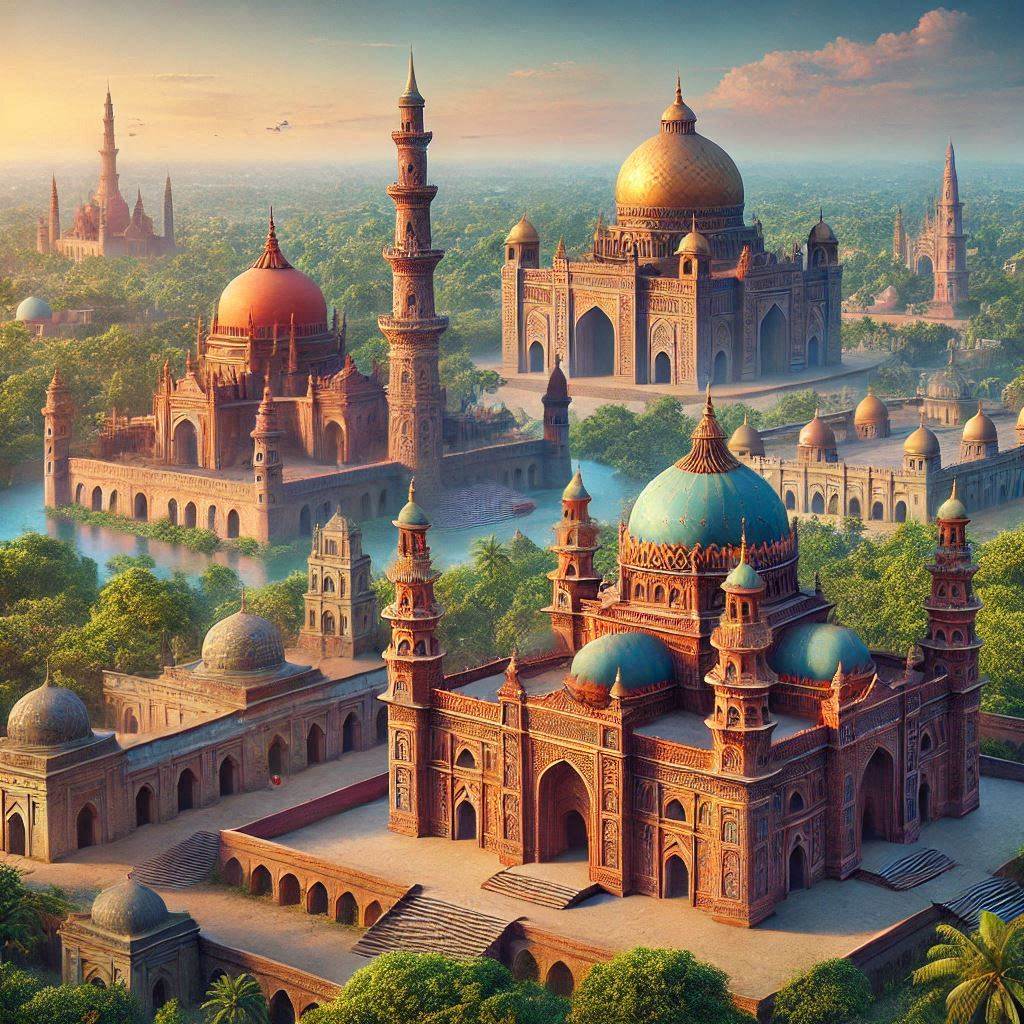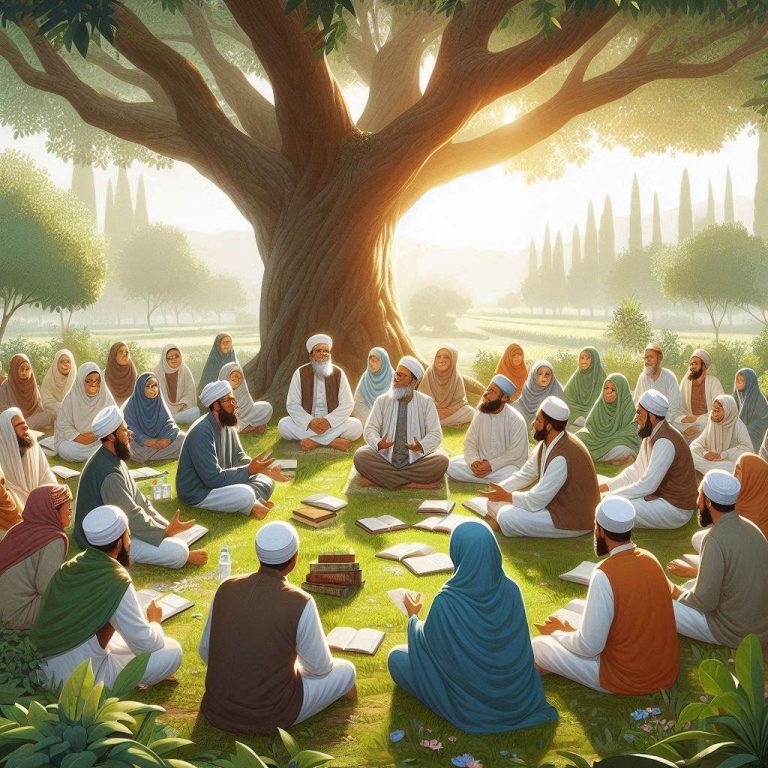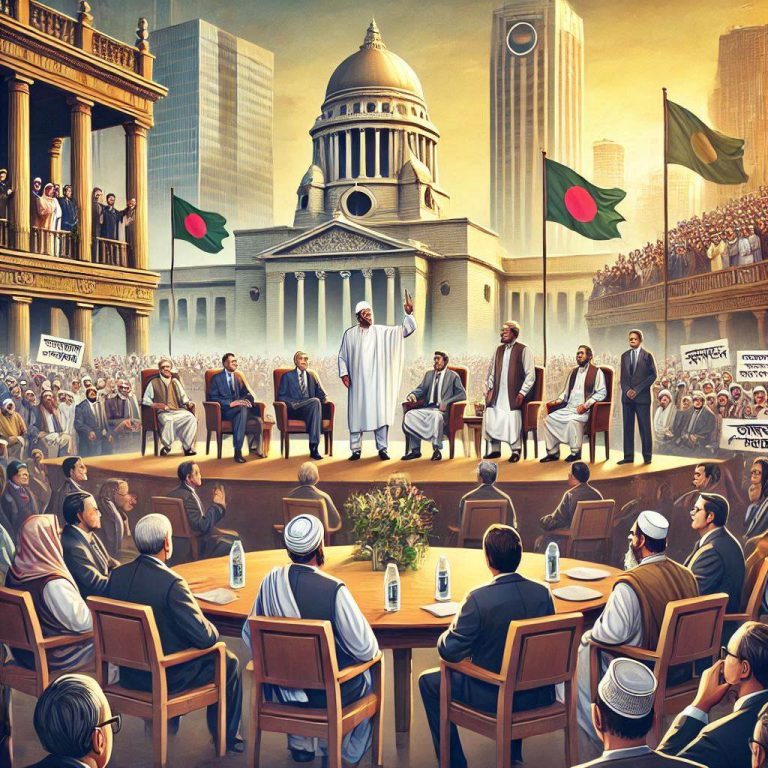
Introduction.
Bangladesh, a country brimming with cultural heritage and natural splendor, is home to countless historical landmarks that narrate the tales of its rich past. From ancient ruins to grandiose palaces and mosques, these sites offer a glimpse into the architectural prowess, cultural diversity, and historical significance of different eras. Spanning Hindu, Buddhist, Islamic, and British colonial periods, each historical place in Bangladesh stands as a testament to the region’s multifaceted history.
The nation’s history can be traced back to ancient civilizations, with archaeological evidence dating back thousands of years. Over the centuries, Bangladesh has been a melting pot of cultures, influenced by various dynasties, empires, and colonial rulers. These influences have left an indelible mark on the landscape, contributing to a rich tapestry of historical sites. These landmarks are not just points of interest; they symbolize the nation’s identity, resilience, and cultural legacy.
Key Historical Sites in Bangladesh.
- Mahasthangarh:
Situated in the Bogura district, Mahasthangarh is one of Bangladesh’s oldest archaeological sites, dating back to at least the 3rd century BCE. As the capital of the ancient Pundra Kingdom, Mahasthangarh features remnants of fortifications, temples, and various relics that provide insight into early history. Its archaeological and historical significance make it a pivotal site in understanding the region’s past.
Highlights:
Ancient city ruins and fortifications.
The Govinda Bhita Hindu Temple.
A museum showcasing artifacts from various historical periods.
- Lalbagh Fort:
Lalbagh Fort in Dhaka, an incomplete Mughal fort from the 17th century, was initiated by Prince Muhammad Azam, son of Emperor Aurangzeb. The fort includes structures such as the Diwan-i-Aam, a mosque, and Bibi Pari’s tomb. It stands as a symbol of Mughal architectural splendor in Bangladesh.
Highlights:
Mughal architecture with intricate designs.
The Mausoleum of Bibi Pari adorned with exquisite marble.
Beautiful gardens and fountains.
- Bagerhat Mosque City:
Located in southwestern Bangladesh, the historic mosque city of Bagerhat, a UNESCO World Heritage site, was founded by Turkish general Khan Jahan Ali in the 15th century. The city boasts numerous mosques, notably the Sixty Dome Mosque, reflecting a blend of Islamic and Bengali architectural styles.
Highlights:
The impressive Sixty Dome Mosque.
The Nine Dome Mosque and Khan Jahan Ali’s mausoleum.
Picturesque surroundings with lush greenery and ponds.
- Somapura Mahavihara:
Somapura Mahavihara in Paharpur, part of the Naogaon district, is one of South Asia’s largest Buddhist monasteries, dating to the 8th century Pala dynasty. Recognized as a UNESCO World Heritage site, the monastery features stupas, shrines, and monk residences, highlighting its architectural grandeur and significance in the spread of Buddhism.
Highlights:
The central stupa and numerous surrounding stupas.
Intricate terracotta plaques depicting Buddhist themes.
A well-preserved monastery layout.
- Ahsan Manzil:
Ahsan Manzil, along the Buriganga River in Dhaka, is an Indo-Saracenic architectural marvel built in the 19th century as the Nawabs of Dhaka’s official residence. Now a museum, Ahsan Manzil represents the opulence of the Nawabi era.
Highlights:
Grand architecture with a striking pink façade.
Ornate gardens and a majestic staircase.
Exhibits detailing the Nawabs’ lifestyle and history.
- Mainamati:
Mainamati, in the Comilla district, is a significant archaeological site with a rich Buddhist history, featuring ancient monasteries, stupas, and temples from the 8th to 12th centuries. Mainamati’s artifacts and structures play a crucial role in understanding Buddhism’s influence in the region.
Highlights:
The ancient Buddhist monastery Salban Vihara.
Mainamati Museum with diverse artifacts.
Stupas like Kotila Mura and Itakhola Mura.
- Paharpur:
Paharpur, in the Naogaon district, hosts the ancient Buddhist monastery Somapura Mahavihara. This UNESCO World Heritage site was a major learning center in ancient Bengal, known for its architectural magnificence and historical significance in Buddhism’s spread.
Highlights:
Central stupa with intricate terracotta work.
Well-preserved monastery complex.
Surrounding shrines and stupas.
Conclusion.
The historical landmarks of Bangladesh are a treasure trove of architectural brilliance, cultural richness, and historical significance. From ancient sites like Mahasthangarh to grand structures like Lalbagh Fort and the Bagerhat Mosque City, these places provide a fascinating look into the country’s storied past. Each site offers unique insights into the influences of various periods and cultures, reflecting Bangladesh’s heritage and identity.






